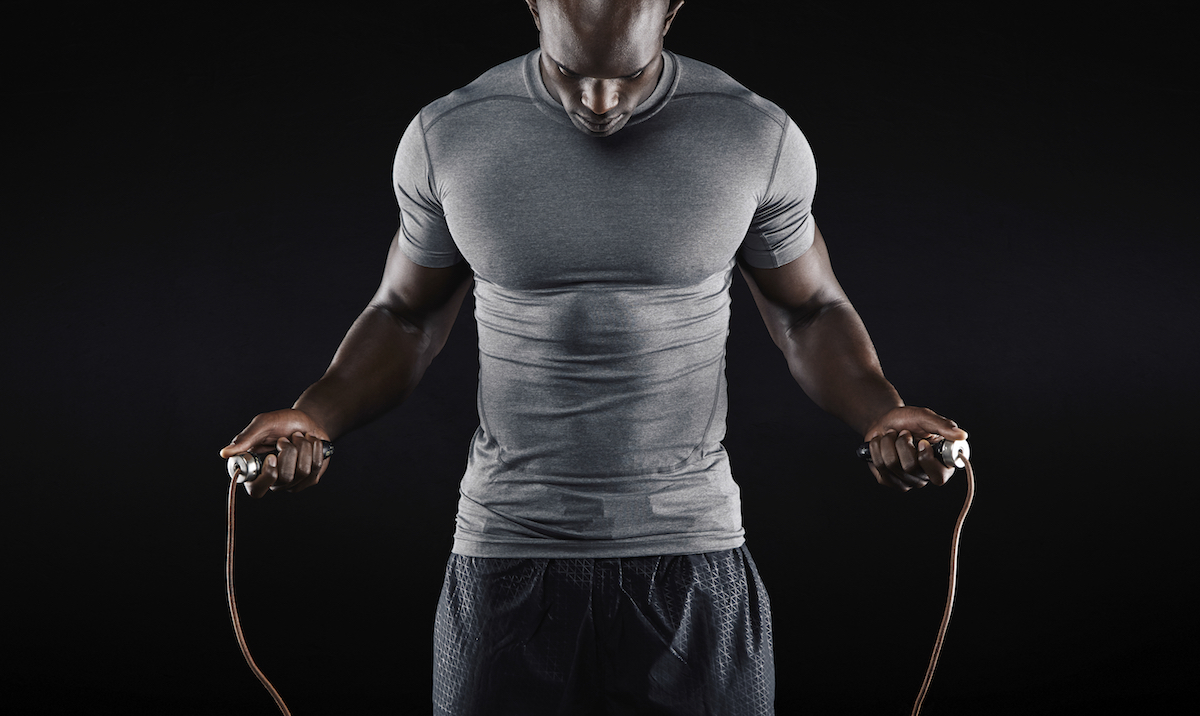We frequently prescribe workout programs that read something like this: 3 sets of 8 reps at 80%. This kind of workout program carries the assumption that we’re capable of maintaining that number of repetitions in each subsequent set. Senna et al, in the Journal of Strength and Conditioning Research, have conducted a study to see if this is the case and to see if it is different when comparing multi-joint exercises and isolation exercises.
Their subjects had some resistance training experience, their average bench press 3-RM was with 126% of their bodyweights. The authors compared the multi-joint bench press exercise with the “isolation” machine chest fly exercise. Subjects performed five sets at their 3-RM with either 1 minute, 2 minutes, 3 minutes, or 5 minutes rest between each set. The number of repetitions of each set along with the total number of reps across five sets were recorded.
Results:
Bench press:
- Regardless of the rest interval, the number of repetitions performed declined from set 1 to set 5. That decline was greater with less rest. From set 1 to 5 the number of reps per set declined by almost 75% with only 1 minute’s rest between each set, but with 5 minutes rest between each set it was “only” 33%.
- As the amount of rest increased, the number of total repetitions that could be performed across the five sets increased. With only one minute rest between each set, the subjects performed about 8 repetitions over five sets with their 3RM weight. But, with five minutes rest they performed almost 13 repetitions over the five sets.
Machine Chest Fly:
- Similar trends as with the bench press. The number of repetitions performed declines from set 1 to set 5. That decline was also greatest with less rest. From set 1 to set 5 the number of reps per set declined by almost 60% with only 1 minute’s rest, but with 5 minutes rest between each set it was “only” about 25%.
- As the amount of rest increased, the number of total reps performed across the five sets also increased. With only one minute of rest between each set, the subjects performed about 10 repetitions over five sets with their 3RM weight. But, with five minutes rest they performed almost 15 repetitions over five repetitions.
Comparing the two exercises:
- Subjects performed more repetitions with the machine chest fly regardless of the amount of rest between each set. This ranged from a 26% difference at 1 minute of rest between each set to 11% at five minutes.
This study is interesting to me for several reasons. First, regardless of the amount of rest between each set performance declines from the first set to the fifth. This is important to keep in mind because expecting athletes to perform the same number of repetitions each set with a given weight may not be realistic. Second, there is a performance difference between the multi-joint bench press exercise and the “isolation” machine chest fly exercise. This suggests that different rest periods may be appropriate for the two types of exercises (longer rest with the bench press, shorter with the fly).
As always, the limitations of the study need to be kept in mind. It’s possible that a more highly trained group of subjects would respond differently to the study conditions. It’s also possible that different exercises (for example, back squats vs. leg extensions) would have different results as well.
Senna, G.W., Willardson, J.M., Scudese, E., Simao, R., Queiroz, C., Avelar, R., and Dantas, E.H.M. (2016). Effect of different interest rest intervals on performance of single and multijoint exercise with near-maximal loads. Journal of Strength and Conditioning Research, 30(3), 710-716.




